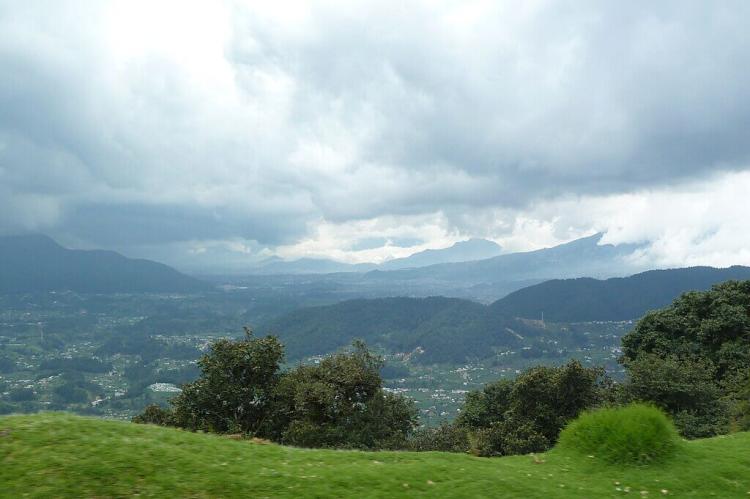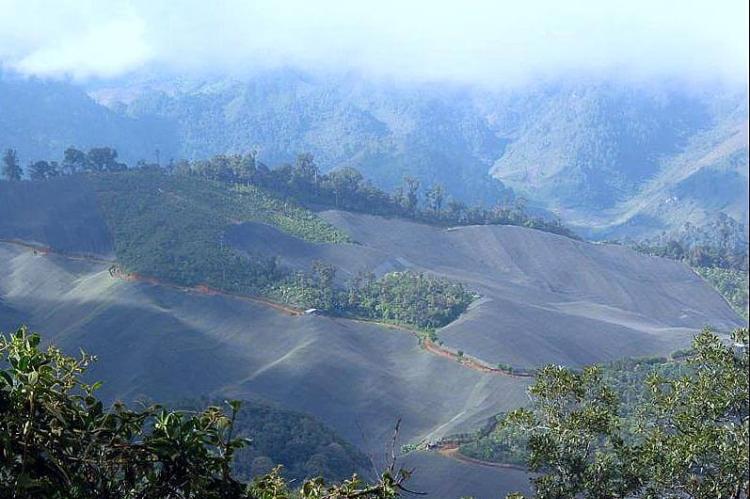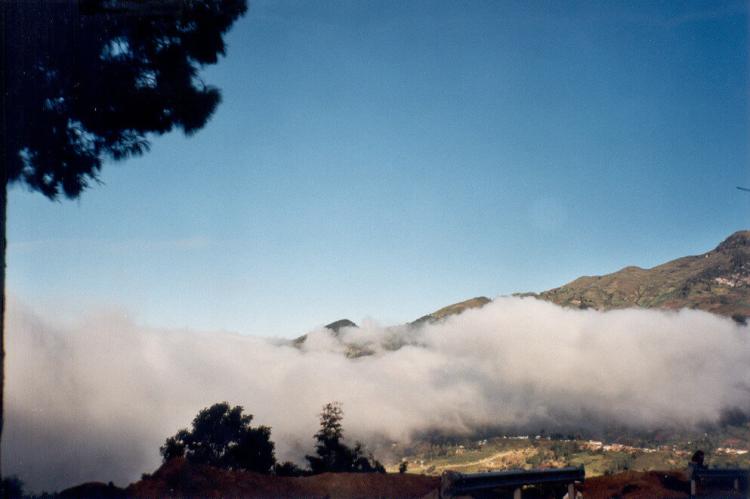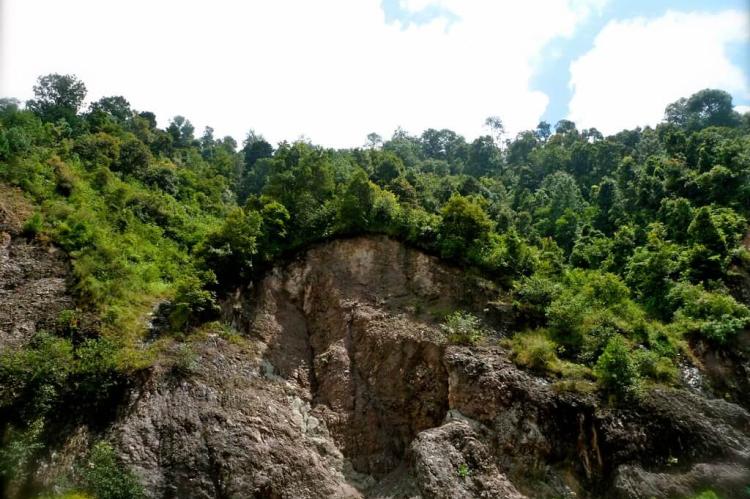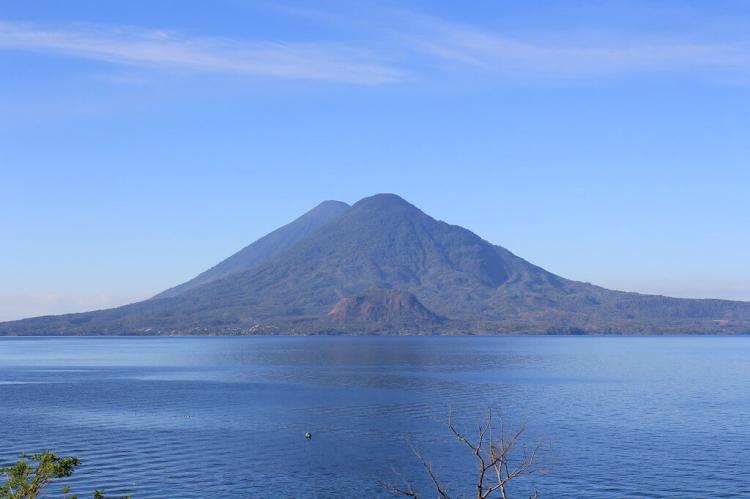The Guatemalan Highlands: Weaving Nature, Culture, and Conservation
The Guatemalan Highlands are a region between the Petén lowlands and the Pacific Ocean known for its diverse geography, stunning landscapes, towering volcanoes, and highland villages with rich indigenous culture. The terraced fields showcase agriculture and a harmony between heritage and nature.
The Guatemalan Highlands
A Tapestry of Nature, Culture, and Conservation
Nestled between the Pacific Ocean to the south and the northern Petén lowlands of Guatemala, the Guatemalan Highlands, or "Tierras Altas," unfold as a diverse and captivating geographical region. Boasting majestic landscapes, towering volcanoes, highland villages steeped in indigenous culture, and terraced fields that paint a picture of sustainable agriculture, the Highlands are a testament to the harmonious interplay between nature and human heritage.
Geographical Features and Formation
Encompassing the southwestern part of Guatemala, the Guatemalan Highlands reveal a mosaic of mountain ranges, valleys, and plateaus, prominently featuring the Sierra Madre de Chiapas and the Sierra de los Cuchumatanes. The region's mountainous terrain directly results from its location along the boundary between the Caribbean Plate and the North American Plate. This geological dance has given rise to numerous volcanic peaks and deep valleys, creating a dramatic and visually stunning landscape.
Volcanic Landscape
At the heart of the Guatemalan Highlands lies its defining feature – a dramatic volcanic landscape. Several significant volcanoes, both active and dormant, shape the region and contribute to its fertile soils. Notable among these are:
-
Volcán Tajumulco: Central America's highest peak at 4,220 meters (13,845 feet) beckons hikers and mountaineers to its summit.
-
Volcán Atitlán: Overlooking the picturesque Lake Atitlán, renowned for its beauty and cultural significance.
-
Volcán de Fuego: The "Volcano of Fire," an active giant that frequently erupts, painting the sky with fiery plumes.
-
Volcán Acatenango: A popular hiking destination offering panoramic views and the spectacle of its neighboring active volcano, Volcán de Fuego.
Lake Atitlán
Described as one of the most beautiful lakes globally, Lake Atitlán graces the Guatemalan Highlands and is surrounded by three majestic volcanoes. Its deep blue waters mirror the sky, and traditional Mayan villages dotting its shores add cultural richness to this aquatic gem. The lake is not merely a scenic wonder but a central feature of life, supporting diverse water-based activities and fostering unique communities.
Culture and Traditions
The Guatemalan Highlands emerge as a stronghold of indigenous Maya culture, hosting diverse communities such as the K'iche', Kaqchikel, Mam, and others. These communities, deeply rooted in their traditions, languages, and artistry, contribute to the region's vibrant cultural tapestry. While Spanish is the official language, many inhabitants proudly speak their native Mayan languages, preserving a linguistic heritage that echoes through generations.
Iconic market towns like Chichicastenango come alive with the bustling energy of vendors selling textiles, ceramics, handicrafts, and traditional foods. The Spanish colonial legacy is palpable in the architecture of towns like Antigua Guatemala, a UNESCO World Heritage Site boasting well-preserved colonial buildings and cobblestone streets.
Agriculture and Economy
Agriculture forms the backbone of the Highland economy, with farmers cultivating crops such as maize, beans, coffee, and various fruits in the fertile volcanic soils. Coffee cultivation, in particular, stands out as a significant economic activity, producing some of the finest Arabica coffee beans. The terraced fields tell a story of sustainable agriculture, where the land and its people coexist in a delicate balance.
Tourism Attractions
The Guatemalan Highlands beckon tourists with a myriad of attractions:
-
Three volcanoes surround the picturesque Lake Atitlán.
-
The UNESCO World Heritage city of Antigua Guatemala, adorned with colonial architecture.
-
The vibrant Chichicastenango market offers a glimpse into traditional Maya culture.
-
Hiking and eco-tourism opportunities in various national parks and nature reserves.
Challenges and Conservation
While the Guatemalan Highlands enchant with their natural and cultural wonders, they also face challenges. Deforestation, soil erosion, and land degradation due to unsustainable agricultural practices threaten the region's ecological balance. Conservation efforts have emerged as guardians of this precious land, establishing protected areas, national parks, and reserves. These initiatives aim to protect natural resources and biodiversity and preserve the cultural heritage intertwined with the land. The volcanoes, lakes, and forests become sanctuaries, ensuring the survival of diverse species and promoting sustainable land management practices.
In conclusion, the Guatemalan Highlands are an intricate tapestry where nature's grandeur and cultural richness weave together. From the towering volcanoes to the serene Lake Atitlán, from bustling market towns to the ancient city of Antigua, this region invites exploration, appreciation, and a commitment to conservation. The Guatemalan Highlands are not just a geographical expanse but a living narrative of resilience, coexistence, and the enduring beauty of a land shaped by both time and human hands.
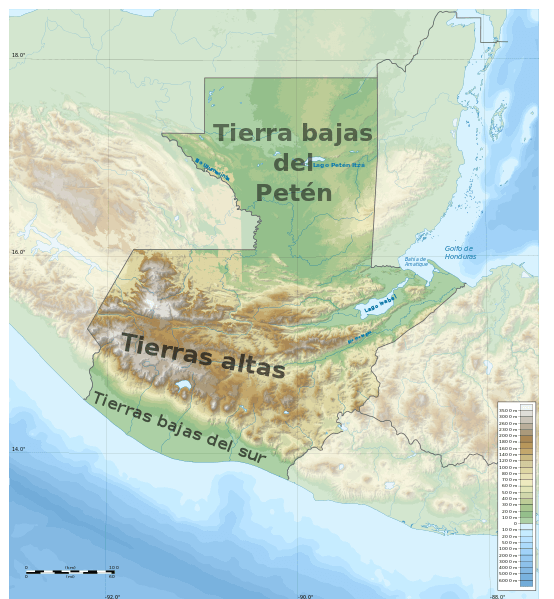
Map depicting the major geographic regions of Guatemala. The Guatemalan Highlands occupy the area labeled "Tierras Altas."
